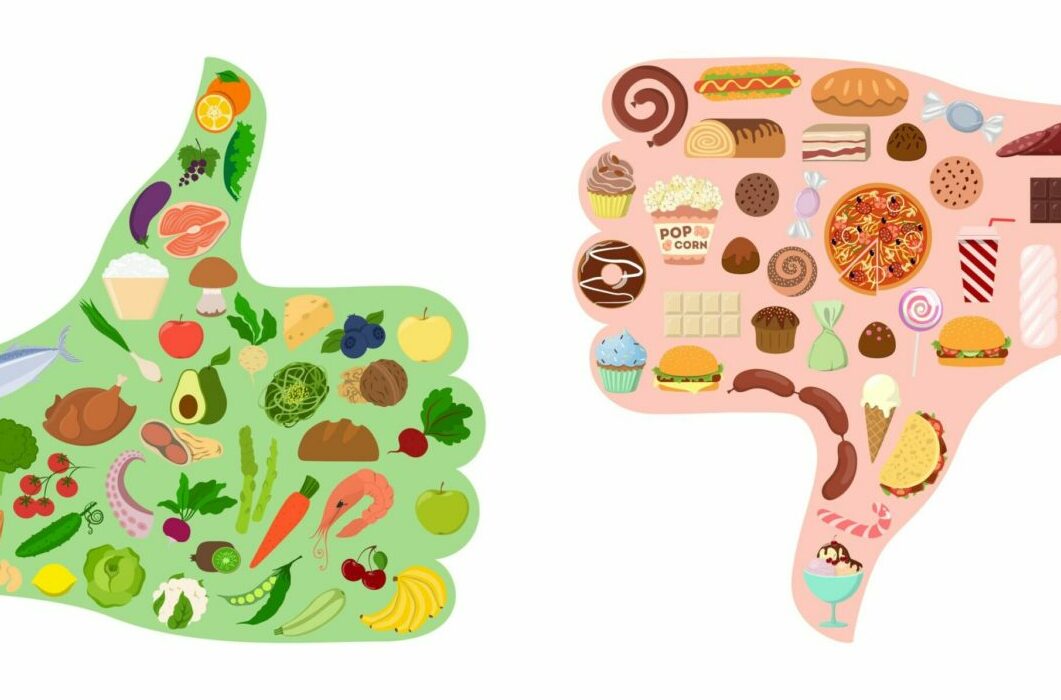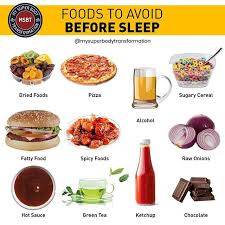
You can do many things to ensure your diet is full of healthy and delicious foods. But, there are many unhealthy foods you may not be aware of. Calories don't have to be all that important, but they are an important part of the equation. It is important to consider the nutritional value of the food and its ingredients. You can also replace processed foods with whole-grain alternatives to make some lifestyle changes. Here are some of the best choices. And remember, eating a variety of different kinds of food is better for you than a single type of food.
Sugary snacks and drinks should be avoided. Added sugars and fats are bad for your overall health. Most store-bought muffins are just cake in a muffin shell. Don't eat "healthy" frozen dinners. They are full of preservatives, sugar, and other harmful ingredients. Many fat-free and gluten free desserts lack nutrients. Even so-called healthy food are often full of artificial junk. Bananas and mangos, which are high in natural fiber, are great sources.
When choosing healthy foods, look for those with less fat, sugar,, and more. High amounts of these nutrients are considered to be unhealthy. It is better not to eat too many of these nutrients than to avoid them. If you really want to indulge in a sweet treat, choose the healthier option. Some of the best choices are organic and free-range. You should always consult a doctor if in doubt. It's simple to change to a healthier diet. It doesn't have be difficult. All you need is some research and a little bit of effort.

Try to eat a wide variety of healthy foods in the diet. Eat more fruits and veggies than you usually do. They're healthier for you long term. And remember, you don't need to be a calorie-monster to enjoy all the benefits of nutritious food. There are many ways that you can enjoy these healthy choices without feeling hungry. You will lose weight and remain healthy if you eat healthy foods.
While most fast-food chains are trying to promote themselves as health-conscious consumers, they should not be confused by the word "healthy" on the packaging. Even "healthy" foods contain sugar substitutes that can actually increase caloric intake and increase the risk of diabetes. Healthy eating habits include avoiding unhealthy foods and sticking to whole foods. There are many options to make your diet more healthy. It is as easy as making healthier choices.
Another example of a fake health food is plant-based foods. They're not real meats. These foods are made to look just like real meat and contain high amounts sodium and fat. They are therefore not recommended for your daily diet. Avoiding these potentially dangerous foods is important. Instead, stick to whole, nutritionally-dense foods. It is important to have the right balance between healthy and unhealthy foods in your daily diet.
For a natural alternative, choose raw or organic foods. Some of these are low in fat and are loaded with antioxidants. They are also high in vitamins C, A. They're also very low in calories, so they're an excellent choice for anyone suffering from diabetes. Follow the advice of your doctor to get the best results. These foods provide the best nutrition for your body. These foods will help to maintain normal blood sugar levels.

Some yogurts are healthier than others. These yogurts tend to be flavored and have high amounts of sugar. You can find low-fat yogurt that has only 15 grams sugar per serving. This is still a lot. Purchase the unsweetened option to get low fat milk. Non-fat frozenyogurt can be used in place of ice cream.
You should avoid high-fat food, but they can be good for you. You should choose only those bars that are low in sugar, and those that contain at least three grams of protein. If you're looking for a healthy energy bar, look for one with minimal ingredients and less than 10 grams of sugar. This will help to reduce weight and improve your general health. It will pay off in the end!
FAQ
What is the difference between calories and kilocalories in food?
Calories refer to units that are used for measuring the energy in food. Calories is the unit of measurement. One calorie is equal to one degree Celsius in energy.
Kilocalories are another way to describe calories. Kilocalories are expressed in thousandths (or a calorie). 1000 calories equals 1 kilocalorie.
How does an anti-biotic work?
Antibiotics can be used to kill bacteria. Antibiotics are used for treating bacterial infections. There are many types of antibiotics. Some can be taken orally while others are injected. Others are topically applied.
Many people who have been exposed can be prescribed antibiotics. To prevent shingles, an oral antibiotic may be prescribed to someone who has had chicken pox. Or, if someone has had strep throat, he or she might receive an injection of penicillin to help prevent pneumonia.
If antibiotics are to be administered to children, they must be prescribed by a doctor. Children are at greater risk than adults for developing serious side effects from taking antibiotics.
Diarrhea, the most common side-effect of antibiotics, is probably diarrhea. Other possible side effects include diarrhea, nausea and vomiting, allergy reactions, dizziness, dizziness, stomach cramps, nausea, vomiting or allergic reactions. These side effects are usually gone once the treatment is complete.
What is the problem of BMI?
BMI stands for Body Mass Index, which is a measurement of body fat based on height and weight. The following formula is used to calculate BMI:
Add weight in kilograms to height in meters squared.
The result is expressed using a number from 0 through 25. A score of 18.5+ indicates that you are overweight. A score higher than 23 indicates that you are obese.
A person who weighs 100 kilograms and is 1.75m tall will have an BMI of 22.
What is the difference among a virus or a bacterium and what are their differences?
A virus is an organism microscopic that can't reproduce outside its host cells. A bacterium is a single-celled organism that reproduces by splitting itself in two. Viruses measure only 20 nanometers in diameter, but bacteria is up to 1 millimeter in size.
Viruses are often spread through contact of infected bodily fluids like saliva, urine or semen. Bacteria can be spread by direct contact with infected objects and surfaces.
Viral infections can be transmitted through skin cuts, scrapes and bites. They can also penetrate the skin through the eyes, nose or mouth.
Bacteria can enter the body through wounds. They can also get into our bodies via food, water or soil.
Viruses and bacteria both cause illness. Viruses cannot multiply in their host cells. So they only cause illnesses when they infect living cells.
Bacteria can spread within the host and cause illness. They can spread to other parts of our bodies. We need antibiotics to get rid of them.
Statistics
- In both adults and children, the intake of free sugars should be reduced to less than 10% of total energy intake. (who.int)
- nutrients.[17]X Research sourceWhole grains to try include: 100% whole wheat pasta and bread, brown rice, whole grain oats, farro, millet, quinoa, and barley. (wikihow.com)
- Extra virgin olive oil may benefit heart health, as people who consume it have a lower risk for dying from heart attacks and strokes according to some evidence (57Trusted Source (healthline.com)
- The Dietary Guidelines for Americans recommend keeping added sugar intake below 10% of your daily calorie intake, while the World Health Organization recommends slashing added sugars to 5% or less of your daily calories for optimal health (59Trusted (healthline.com)
External Links
How To
How to keep your body and mind healthy
This project was designed to offer some helpful suggestions to help you keep your body in good health. It is important to know what you should do in order to maintain your health. In order to achieve this we had to find out what exactly is good for our bodies. We looked at many ways that people attempt to improve their health. Finally, we came up some tips that would make us happier and healthier.
We began by looking into the various types of food we eat. We discovered that some foods are not good for us and others are better. We know sugar is bad for you because it causes weight gain. On the other hand, fruits and vegetables are good for us because they contain vitamins and minerals that are essential for our bodies.
Next, exercise was discussed. Exercise improves the strength and energy of our bodies. Exercise also makes us happier. There are lots of exercises that we can do. There are many exercises that you can do, including running, swimming or dancing. You can also lift weights and play sports. Yoga is another way to improve your strength. Yoga is great for flexibility and improving breathing. If we want to lose weight, we should avoid eating too much junk food and drink plenty of water.
Finally, we talked about sleep. Sleep is the most important thing we do each and every day. When we don't get enough sleep, we tend to become tired and stressed. This leads to problems such as headaches, back pain, depression, heart disease, diabetes, and obesity. It is essential that we get sufficient sleep in order to keep our health good.